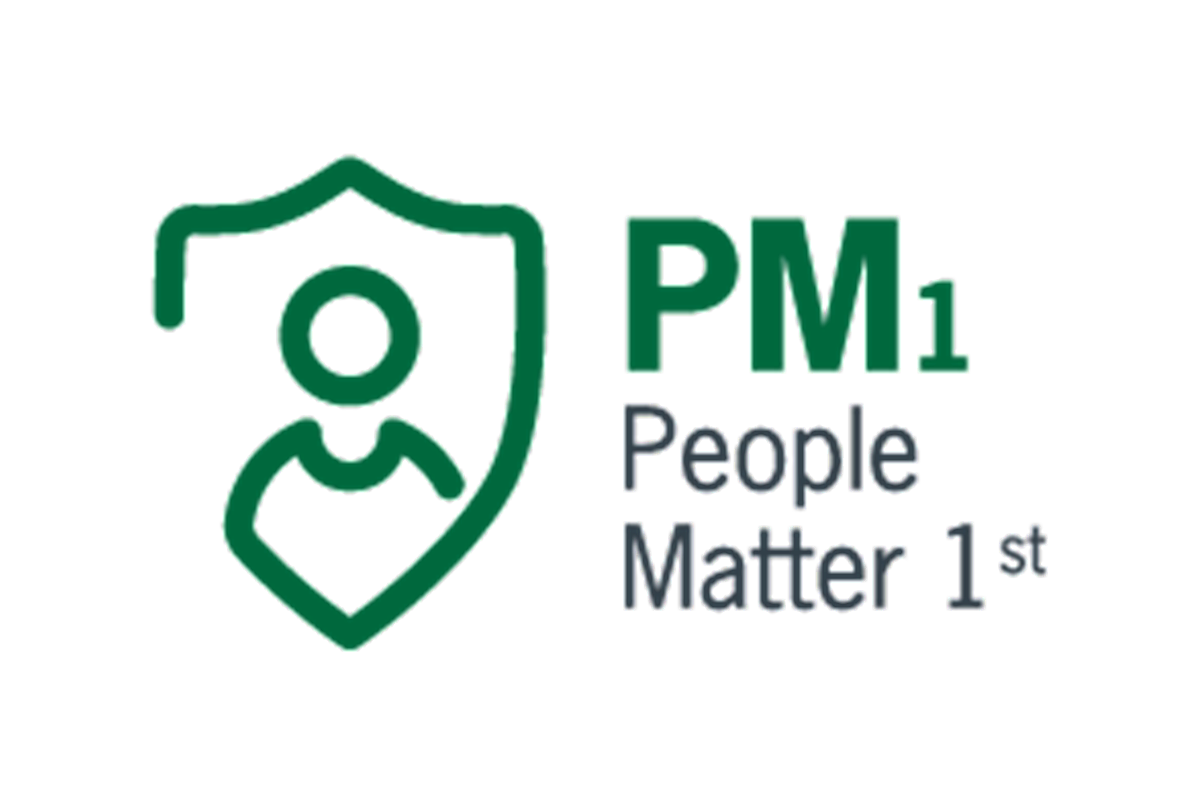
The particles with the greatest capacity for reaching the outermost areas of our respiratory system are very small, approximately 0.01–1 μm in size – PM1. The ability of different particles to form deposits (the degree to which they can become trapped in the body) depends on their size and whether they can pass through the walls of our airways, for example.
The function of the lungs depends on clean air even in the outermost of the seven million air sacs (alveoli) where the gas exchange with the capillaries takes place. The blood flows through the capillaries and gives off the carbon dioxide (CO2) that has formed during the metabolic process. At the same time, it takes in oxygen (O2) via the alveoli. The oxygen is transported from the alveoli to the muscles and other organs. The carbon dioxide and other impurities leave our bodies when we breathe out. Nanoparticles, which are no larger than a virus, can become deposited (trapped) in the cell membranes (walls) of the alveoli. These have a total surface area of around 70 m² and are highly sensitive to particles and harmful substances. If these substances remain in the respiratory system, they can contribute to the development of emphysema, edema, and other serious illnesses, as well as premature deaths.
Camfil experts test your indoor air quality to ensure safe, healthy, and clean air.
Effective air filters in the ventilation system can prevent the majority of particles More dangerous inside than outside, indoor pollution can be much more hazardous than the outdoor variety. This is because when particles and other substances pass into indoor air they combine in new ways with the substances and particles already present inside buildings. The combinations that can occur may be much more aggressive and, therefore, more harmful to us. In modern indoor environments, the air is polluted not only by particles from out-side which enter through the doors and windows and, but also by emissions produced by different materials inside the building. These emissions consist of particles and substances from furniture, paint, cosmetics, building materials, cleaning products, etc. Emissions are also generated by cooking, log fires, and candles. Ozone can also be present indoors. This is a gas that is considered to be an air pollutant at ground level and which can lead to irritation in the respiratory system.

Making clean air ‘law’. At Camfil, we believe breathing clean air should be a human right. Momentum is gathering around the world in regards to the damaging effect of polluted air.
